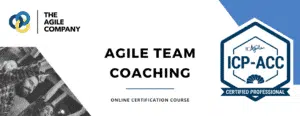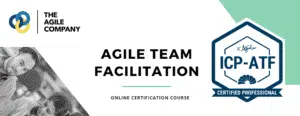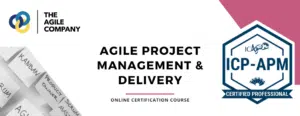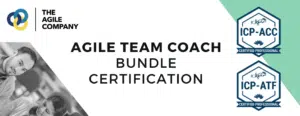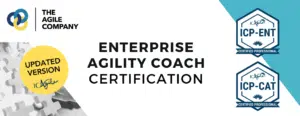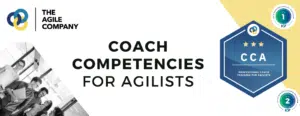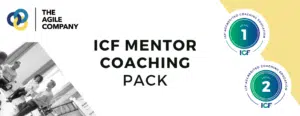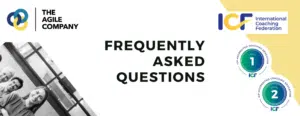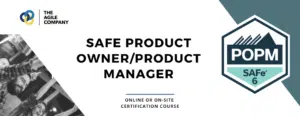What is the difference between "power" and "influence?
Working with Agile teams means that sometimes we will ask leadership to sit on their hands and let the team figure out “how to do what” in their sprints. becoming an “Agile leader” may be a challenging task for some, as the way leaders were able to request the execution of tasks before has shifted to “enabling” self-organizing teams. Has the leader “lost” its power over the team? What are some better ways to work with the teams, giving them the space and resources to drive their projects, while making sure your voice is heard and taken on board by these same teams, and their stakeholders. Knowing how to balance power and influence will help you choose the best communication style to get your message across, without harming the so much needed agency of self-organization in Agile teams. While they are often thought of as similar, there are important differences between power and influence in the context of agile leadership that can impact the success of a project.
Power is the ability to control or dictate the outcome of a situation.
In the workplace, power is typically held by people in positions of authority. Power can be used to make decisions, set priorities, and allocate resources. It is a formal form of control that is often necessary for ensuring that a project stays on track and that objectives are met. Power is something you exert, by simply having it.
Influence, on the other hand, is the ability to affect change without necessarily having formal authority. Using influencing communication styles help your agile projects and teams to bring different stakeholders together and get them to work towards a common goal. Influence is often exerted through persuasion, collaboration, Inspiration and building strong relationships through Consultation.
As a leader "holding power", you can choose not to exert it, and use more powerful influencing tactics to allow self-organizing teams find intrinsic reasons to commit to their work! This is one of the first steps towards becoming an "Agile leader".
While these concepts can both be valuable, they need to be used in the right way in order to be effective. Power, if used improperly, can lead to tension and conflict within a team. For example, if a project manager uses their power to dictate the outcome of a situation without considering the perspectives of other team members, it can lead to resentment and a lack of buy-in from the team. The team’s self-organizing agency has come into peril, the moment leadership steps in and shuffles priorities around, without regard for what the team (and why) has decided to work on, for example.
Influence can be more effective in bringing people together and getting them to work towards a common goal. By building relationships and working collaboratively, people can use their influence to bring about change without necessarily having formal authority. This can be especially important when working with Agile teams, where the focus is on delivering valuable increments of work to stakeholders, asking for feedback and implementing the shifting requirements in the next iteration.

Some types of Power we can hold
Anyone around us holds a certain power over us. One very important one is “social power” where the pressure to conform to social norms can be used by someone, or an entire system of people, to influence your behavior. Think about the culture of the organization you work in, what type of behavior is acceptable? Are people loud in the lunch room, actively cracking jokes? Has your organization a “radical candor” element in which it is okay, and even promoted that everyone can give and share feedback and ideas with everyone? Or is the culture more “head down get to work” type of behavior, where feedback, loudness and standing out from the crowd is frowned upon? These two cultures are completely different, and when a new hire enters this culture, they will have to “conform” to it, one way or the other. That is a form of power that the culture, the people, the group you belong to holds over its members.
Now, you can of course chose to ignore this type of power, with varying results.
The more intentional types of power a leader can use are:
Expert or Information Power – The power of knowledge and skill – You do not have to be a leader to know more than your leadership.
Coercive Power – Being able to “take something desired” away from from others, or even punish in the case of noncompliance.
Reward Power – having the ability to give a treat, add a bonus, or pay a salary. Also priase, compliments and support are forms of reward power.
Referent Power – Not to be underestimated, this type of power is related to “likability” of the person holding the power. Charisma comes to mind here!
What are some influencing tactics?
Influence is a tactic, not a given. You can practice it, gain it and use it in any situation that needs your input to be successful. Even if you “hold” a certain position of power, it is always preferable to use your influence, as it gives your peers and subordinates the power of choice, which increases self-organization, engagement and may even increase the level of respect they hold for your “power” and position.
Types of influence you can use:
Influence through Collaboration – By providing support, coaching and resources to your teams, they will commit more to the goal and tasks at hand, as your commitment to their success is clear to them.
Influence through Persuasion – Using rationale, and logic to reason people in taking your stance or doing what you ask of them. People choose to follow your lead, because they understand it is in the interest of the project or client that they do!
Influence through Inspiration – The way you “model” the things you would like to see in other is very effective as it taps into the “social power” we can hold over the behavior of of others.
Influence through Consultation – Instead of telling, ask! By asking people for input, ideas and even advise, you allow the team members to invest their own thoughts, creativity and voice in the project. This investment will make sure the team commits to the work, as they now own it more.
Balancing Power and Influence for Effective Agile Leadership
In order to be effective in your Agile leadership role, both power and influence may be used, but do so with intention and care. Leaders should be aware of the power dynamics within their teams and should use their capacity to set priorities, allocate resources, and make decisions in a way that takes into account the perspectives and opinions of other team members.
At the same time, team members should be encouraged to use their own influence to bring people together and to work collaboratively towards a common goal, communicate professionally with clients and stakeholders, and gives them the “power” to create a culture of collaboration and trust, which is essential for success in agile organizations.
How about you? What is your “go-to” power and how would you set this aside to influence your teams and peers more?

